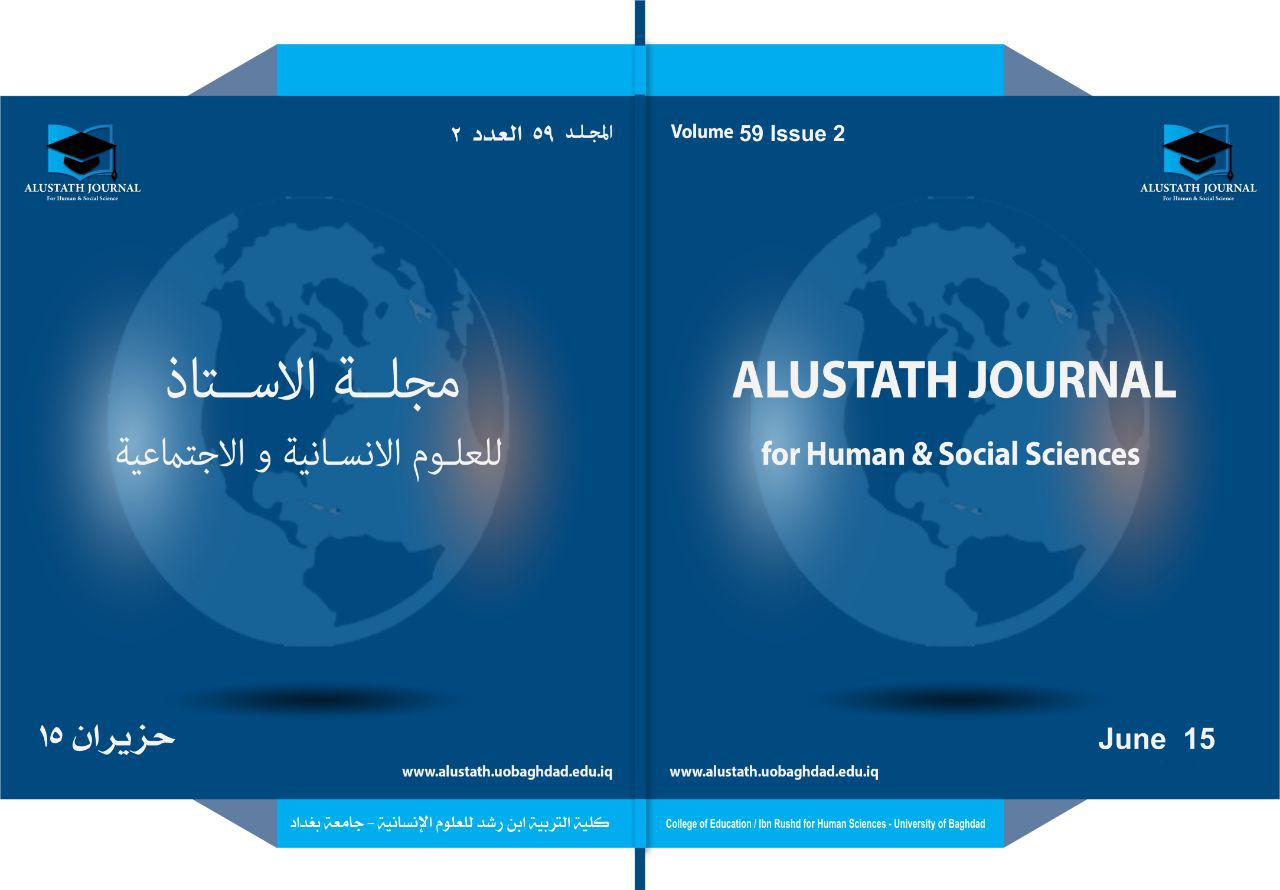The Realization of Adjacency Pairs and The Violation of Leech’s Modesty Maxim in Trump’s Interview with Julie Pace.
DOI:
https://doi.org/10.36473/ujhss.v59i2.1092Keywords:
Adjacency Pairs, Insertion Sequences, Pre-sequences, Pragmatics and Leech’s Politeness Maxims.Abstract
The occurrence of adjacency pairs is due to the fact that the utterance of one speaker requires a response of a particular kind. These two pairs are called adjacency pairs where the first part of them can make a choice between two responses.
A request is one type of adjacency pairs that may have two answers; either preferred (acceptance) or dispreferred (refusal). Adjacency pairs refer to or stand for conversational sequences in which the utterance by one speaker determines the utterance produced by another speaker. Adjacency pairs can be manifested in different types which are: offer, accusation, blame, question and assessment. Delaying the second part of the adjacency pairs forms a problem in many conversations.
This delay is sometimes due to the logical reasons and can be achieved by inserting another adjacency pair to clarify or pave the way to the appearance of the second part of the original adjacency pair. The violation of Leech's modesty maxim is tackled in Trump’s interview with the correspondent Julie Pace where Trump turns the items of this maxim up down. He maximizes praise of self and minimizes dispraise of self. This study aims at presenting types of adjacency pairs presented by Cook and Leech's politeness maxims focusing on Modesty maxim in Trump’s interview. It hypothesizes that the pairs of question and answer occupy the first rank in this genre followed by accusation pair. It also hypothesizes that preferred answer appears more than the dispreferred one. At the end of the study, conclusion and suggestions for further studies are mentioned
Downloads
References
References
Cook, G. (1989) Discourse. Oxford: Oxford University Press
Coulthard, M. .(1985) An Introduction to Discourse Analysis. London: Longman Group
Limited.
Crystal, D. (1998) The Encyclopedia of Linguistics: Cambridge University Press.
Halliday, M.A.K. and Hasan, R. (1976) Cohesion in English. London: Longman Group
Limited.
Heritage, John (1985) "Analysing News Interviews: Aspects of the Production of Talk
for an Overhearing Audience" , PP. 95/ 117 in T. Van Dijk (eds) Handbook
of Discourse Analysis, Vol. 3: "Discourse and Dialogue". New York:
Academic Press.
Jefferson, G. (1972) "Side Sequences". In Sudnow, D. (ed.) Studies in Social
Interaction: 294- 338. New York: The Free Press.
Leech, G.N. (1985) Principles of Pragmatics. London: Longman.
Levinson, S.C. (1983) Pragmatics. Cambridge: Cambridge University Press.
Mey, Jacob L. (1993) Pragmatics: An Introduction. Oxford: Blackwell Publishers.
Renkema, Jan (1993) Discourse Studies: An Introduction Textbook. Amsterdam: John
Benjamins Publishing Company.
Sacks, H. (1972) "On the analyzability of stories by children". In Gumprez and Hymes
(1972: 25- 45). New York: Holt Rinehart and Winston.
. (1975) "Everyone has to lie". In M. Sanches & B. Blount (eds.)
Sociocultural Dimensions of Language Use, pp. 57- 80. New York:
Academic Press.
Sacks, Harvey, Emanuel Schegloff and Gail Jefferson (1974) " A simplest
Al-Ustath Journal for Human and Social Sciences Vol.(59) No.(2) (June -2020AD, 1441AH)
systematic for the organization of turn- taking in conversation".
Language, 50 (4): 696-735.
Schegloff, E.A. (1968) "Sequencing in Conversational Openings. American
Anthropologist, "70: 1075- 95. In Fishman (1971- 2, Vol. 21). The
Hague: Mouton.
. (1972a) "Notes on a Conversational Practice: formulating place". In
Sudnow, D. (ed.) Studies in Social Interaction: 75- 119. New York: The Free
Press.
Wardhaugh, Ronald (1986) An Introduction to Sociolinguistics. Oxford: Basil
Blackwell Ltd.
Yule, George . (1996) Pragmatics. Oxford University Press












